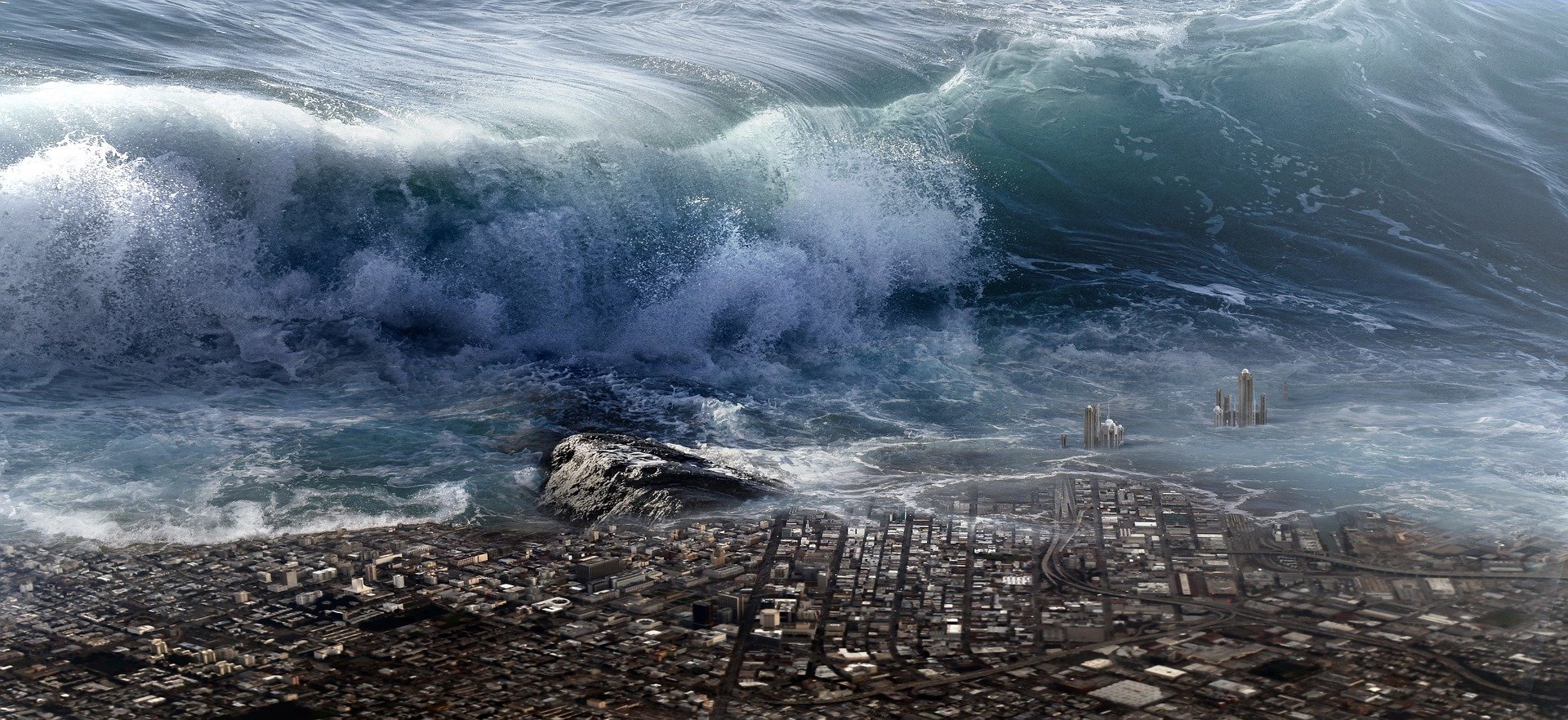The Great Molasses Flood of Boston
The Great Molasses Flood happened on January 15th, 1919. Specifically it happened in the North End neighbourhood of Boston, Massachusetts. Unbelievably it killed 21 people and injured a further 150.
What do you mean, a molasses flood?
Molasses, also known as black treacle in the UK is a viscous sugar like product. Made from refining sugarcane or sugar beets. It is known for being syrupy and thick. So how on earth could it manage to kill 21 people? After all, it even has a saying “slow as molasses” to illustrate how slow moving something is.
After hearing about it, I had to look it up. It just seemed so implausible.
Opening the flood gates
The disaster occurred at the Purity Distilling Company. On the property they had a holding tank for the molasses. This tank was a beast. It stood 15m (50ft) tall and 27m (90ft) wide.
January the 15th was an unusually warm day, especially when compared to the previous days. A new delivery of molasses was being added to the older load already in the tank.
The new load had been kept warm to help with viscosity. Making transfer easier.
It is believed that this temperature difference between old and new molasses caused thermal expansion. Causing the tank to burst.
2.3 million gallons of molasses broke free. This is about 4 times the amount of liquid an Olympic swimming pool measuring 25 metres across, 50 metres long and 2 metres deep can hold.
It was simply put a massive amount of liquid. And it was moving at 35 miles an hour through the streets. People in its way never stood a chance.

The density of this fast flowing liquid is about 40% more dense than water. It tore down buildings and had a wave height of 25ft! Several blocks were flooded to a height of 2 to 3 ft.
Witness reported hearing a thunderclap and then the ground began to shake. Others heard a machine gun like sound as the rivets on the tank exploded under its expansion.

The Boston Post reported:
Molasses, waist deep, covered the street and swirled and bubbled about the wreckage …. Here and there struggled a form—whether it was animal or human being was impossible to tell. Only an upheaval, a thrashing about in the sticky mass, showed where any life was …. Horses died like so many flies on sticky fly-paper. The more they struggled, the deeper in the mess they were ensnared. Human beings—men and women—suffered likewise.
Dark Tide The Great Boston Molasses Flood of 1919 by Stephen Puleo
Aftermath
Local Residents brought a class action lawsuit against USIA, who had bought Purity Distilling in 1917. Despite the company trying to argue that the tank had been blown up anarchists, they lost the case. Relatives of those killed received around $7000 (equivalent to $100,000 in todays money).
Clean up took several months. Especially because sight seers had headed down to the disaster area and then tracked the molasses all across Boston.
According to one account “Everything that a Bostonian touched was sticky”.
The event entered local folklore and residents of the area claimed for decades afterwards that on warm summer evenings, the area still smelled of sweet molasses.
Sources:
The Great Molasses Flood (Wikipedia)
Without warning, Molasses in January Surged Over Boston (Edp.org)
